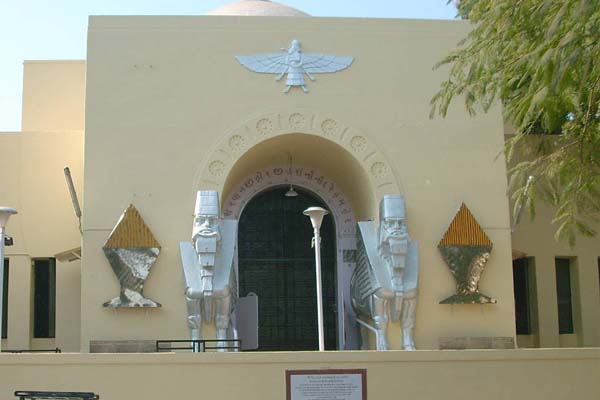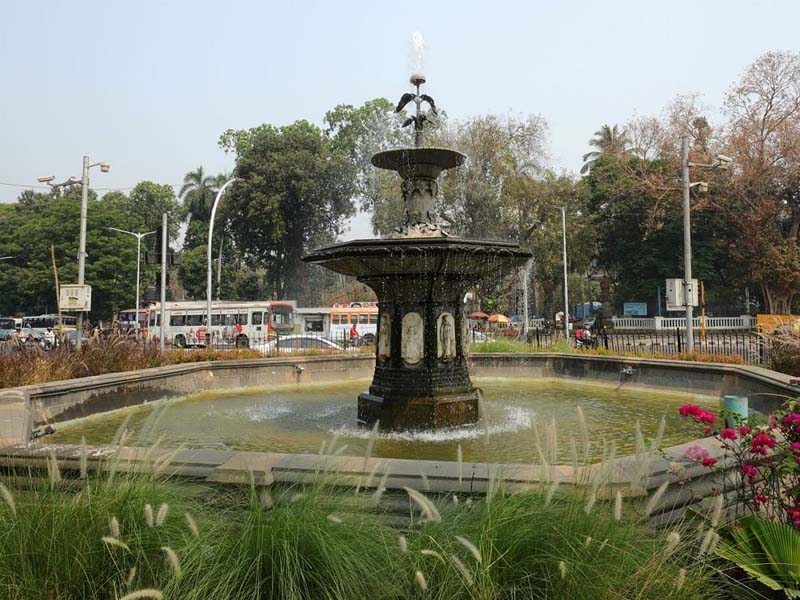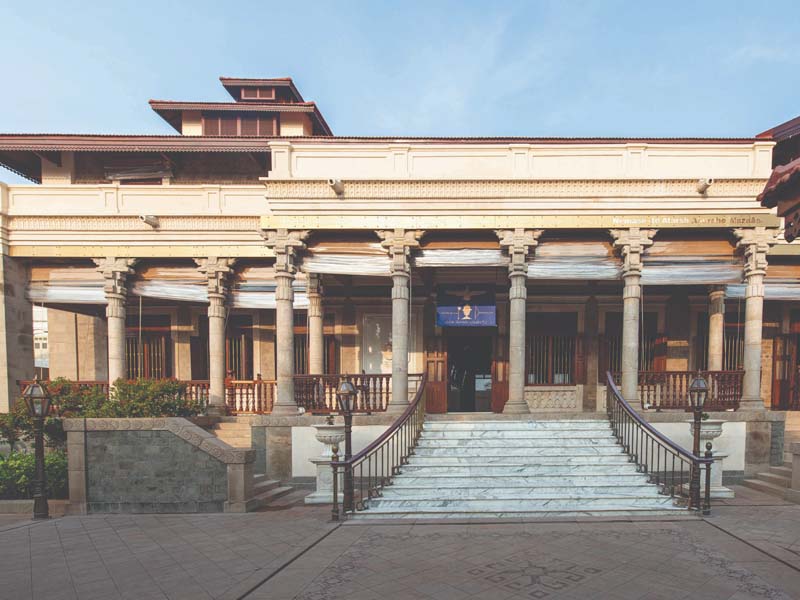Heritage
Living Heritage of the Parsi Community in Mumbai
For over four hundred years, since they migrated from the port city of Surat and its surrounding villages, the Parsi community has been closely linked to the city of Mumbai. Nowhere is this more evident than in the wealth of buildings, institutions of learning and the Arts, fountains and hospitals established by them in the 19th and 20th centuries.
The Victorian Gothic revival, Art Deco and Neo-colonial structures that dot the horizon of Mumbai are essentially buildings either built by Parsis or financed by them, and many carry their names as a constant reminder of their presence. Buildings such as the Eros and Regal Cinemas, the Mumbai University Convocation Hall, the J.N. Petit Library, and the Sir JJ. School of Art and Architecture (where Rudyard Kipling was born), the Sir J.J. Hospital, the Taj Palace Hotel and the H.C. Dinshaw building at Horniman Circle represent the living heritage of the Parsis and signify their contribution to the city of Mumbai.

Parsi architects and engineers such as Merwanji Bana, Sohrabji Kaikhushro Bhedwar, engineer architect Dorabjee Mistree, Perin J Mistri (the first woman architect), her father Jamshedji P. Mistri and Pallonji Mistry created a plethora of buildings that were funded, designed and constructed by Parsis, as an expression of Parsi ownership of the city of Bombay. Apart from the built heritage of the Parsis, the many Parsi statues, such as Pherozeshah Mehta standing as a sentinel overseeing the city he looked after as its Municipal Commissioner or the sitting figure of Dadabhoy Naoroji over-looking Flora Fountain and Dinshaw Wacha’s statue at the crossroad of Church Gate and the Oval have added to the vista that marks the Parsi presence and their contribution to Bombay.
Perhaps the most iconic are the several fire temples more than fifty in Bombay and its suburbs, fronted with Persian motifs and elaborate Persipolitan bull capitals that tell the story of where the Parsis came from and who they are. These are magnificent examples of a migrant community’s tangible living heritage. Perhaps the most inspirational is the lone stone-canopied structure which shelters the Bhika Behram water well built by an iterant Parsi Trader who found his way to this ‘City of Gold’ and made his money in the bazaars of Bombay. He gave back to the city free drinking water for all, centuries before Bisleri bottles littered the streets. This stand-alone structure epitomizes the ethos of the Parsis, of giving back to a city that gave them so much.
Together these buildings, statues and fire temples are visible markers of the tangible heritage of a living community that gave back to the city they called their home.
Firoza Punthakey Mistree
Zoroastrian Heritage & Religious Sites
Other Revered Sites
Sanjan Stambh
The Sanjan Stambh is a National Monument and symbolizes the solidarity of the Parsi Community. The Zoroastrian immigrants came to Sanjan in 716 CE.
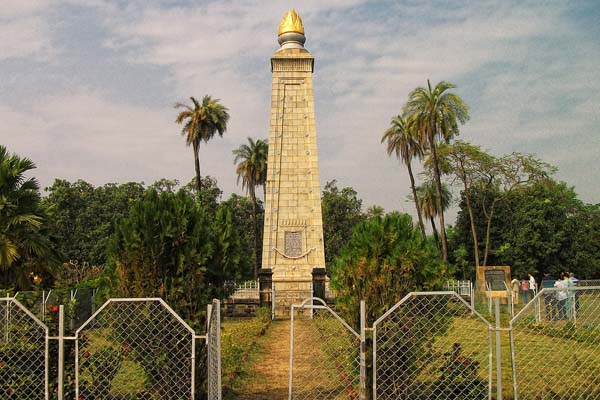
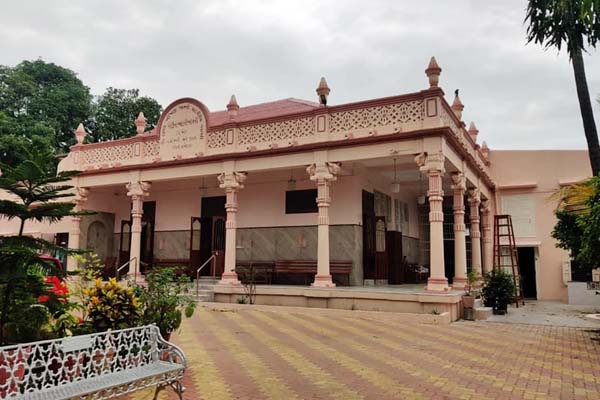
Goti Adarian, Surat
Located near Surat, the Goti Adarian is believed to be a place where wishes come true.
Aslaji Agiyari, Mumbai
The Agiary was established in Bombay in 1865 CE. It is linked with several miracles. The twisted Palm Tree near the well is particularly revered.
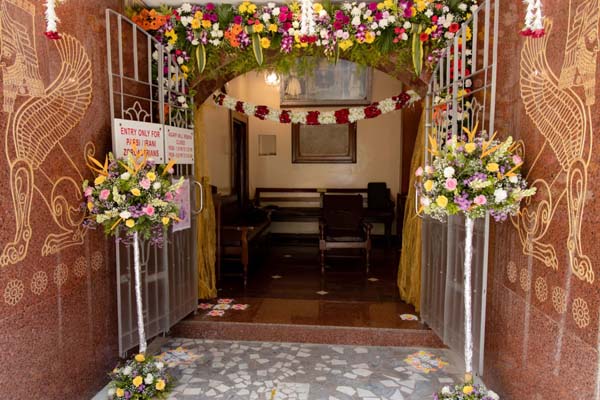
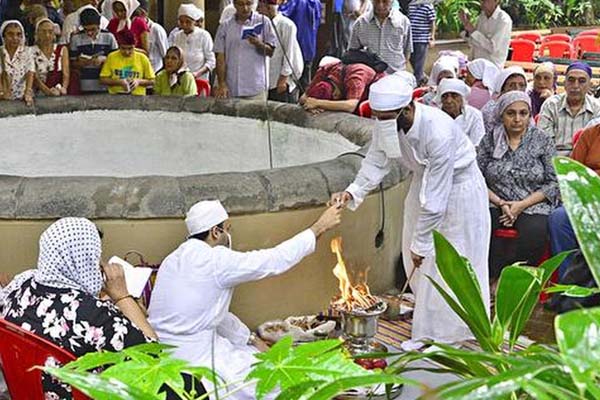
Bhikha Behram Well, Mumbai
The Bhikha Behram Well is a Grade I Heritage structure. The Well is near the corner of Oval Maidan, in Mumbai. The well was built by a prominent Parsi named Bhikhaji who came from Bharuch. The well was dug in 1725 CE. It is a sweet water well despite its location near the Arabian Sea.
Karani Agiyari, Colaba, Mumbai
Karani Agiary is located in Cusrow Baug, Mumbai. Ervad Nadirsha Naoroji Aibara served as the Priest in this Agiary from 1979 CE to 1989 CE. Ervad Nadirsha regarded Dasturji Jamshedji Sorabji Kukadaru as his Guru and received divine inspiration and holy Nirangs from him. Zoroastrians from far and wide took prayers from him to overcome their difficulties.
